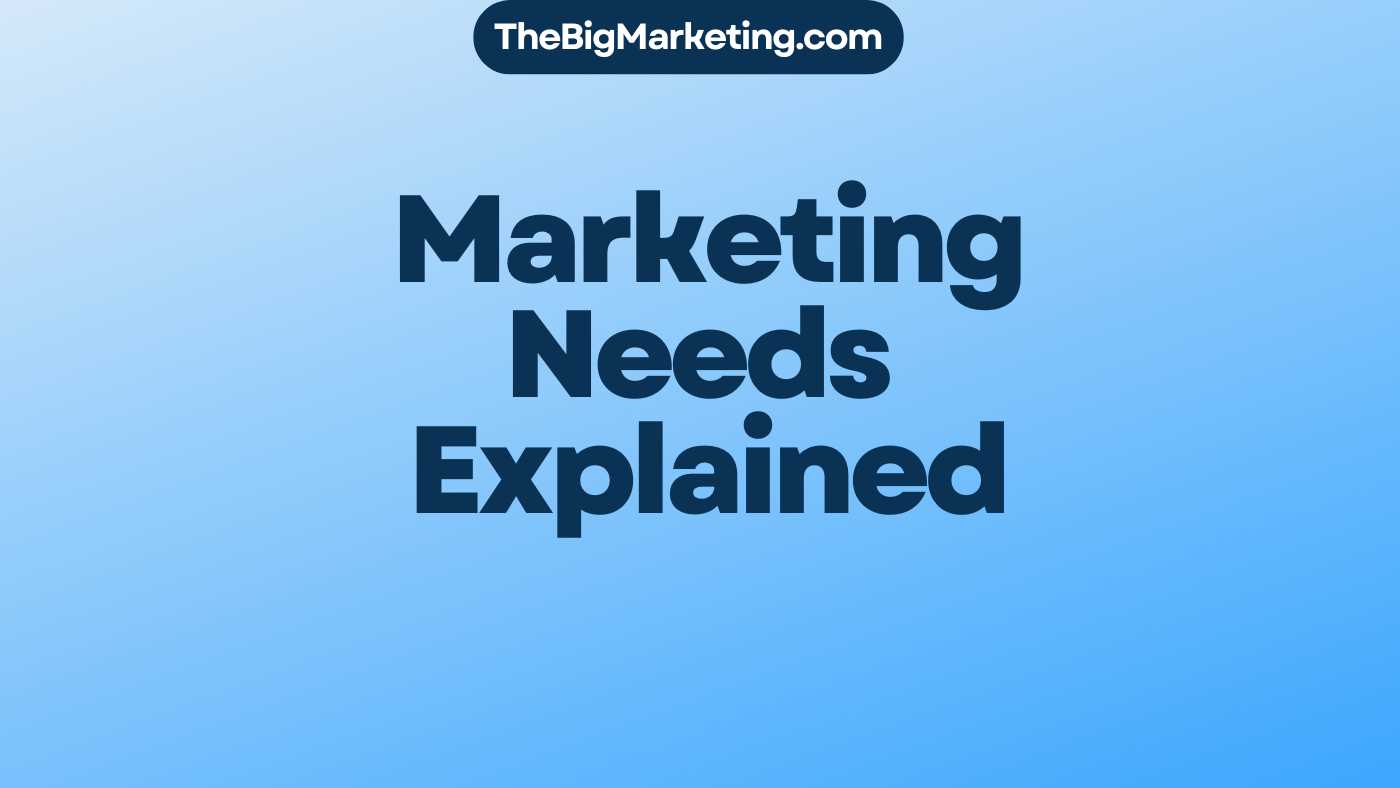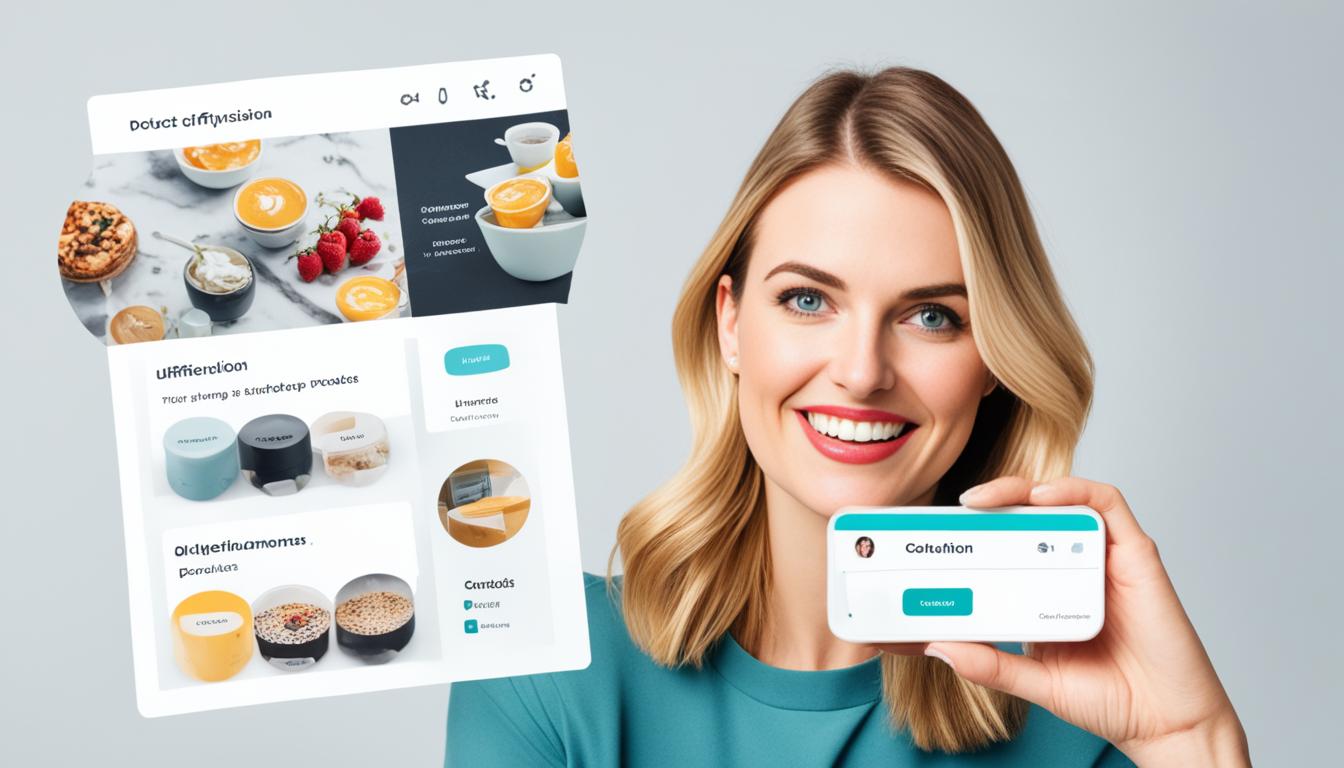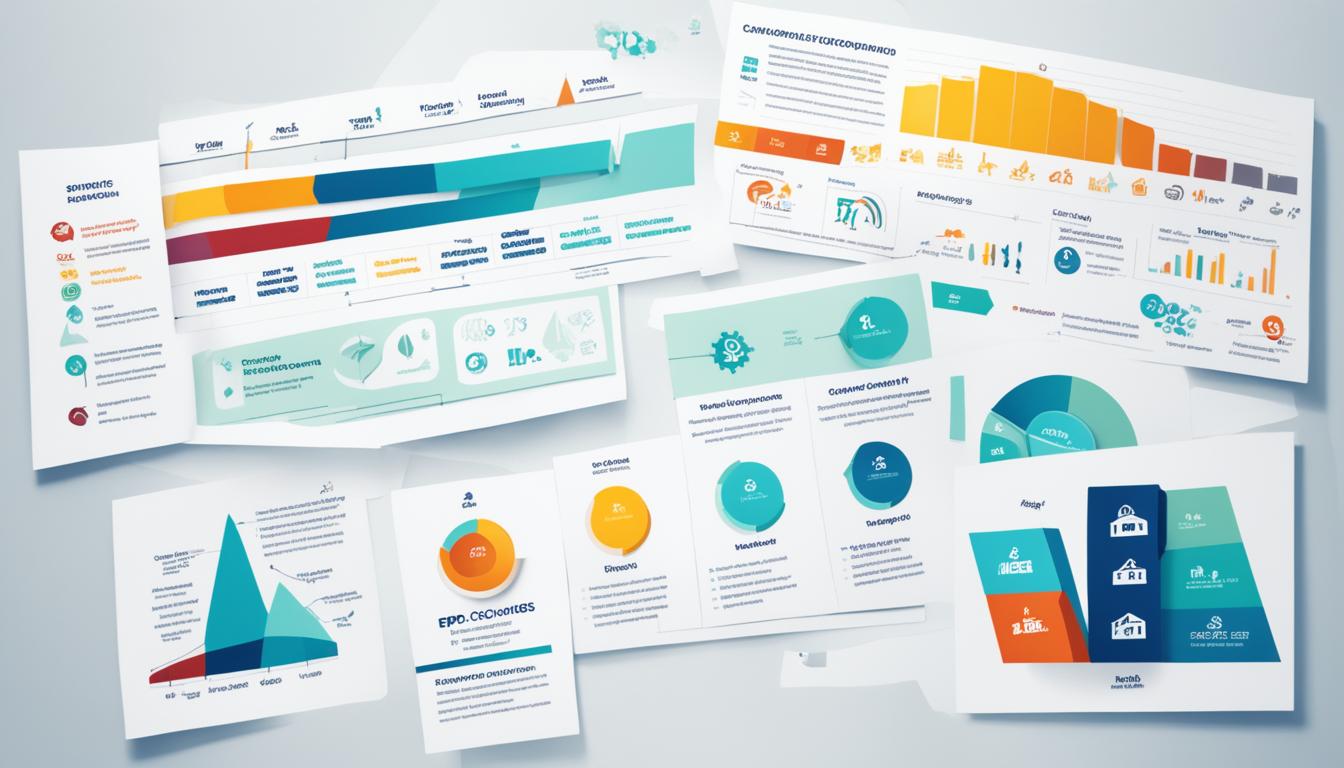FOMO marketing taps into our fear of missing out to boost engagement and action. It uses our desire to be part of something big. By showing us what we could miss, FOMO marketing makes us want to act fast.
FOMO means Fear of Missing Out. It’s feeling left out when others have fun without us. This fear comes from wanting to join in and connect with others.
FOMO marketing works by making us afraid we’ll miss out, so we’re more likely to buy or join. It uses limited-time deals and exclusivity. This makes us react because we don’t want to lose a great opportunity.
Why go for FOMO marketing? About 69% of millennials feel FOMO and often buy on impulse because of it. FOMO affects more than just young people; over half of social media users feel it. With billions online, FOMO marketing can reach a huge audience.
FOMO marketing uses tactics like flash sales to make us act now. It offers special memberships and uses customer reviews to build trust. Partnering with influencers also helps spread the word, making us even more interested.
For the best results, plan your FOMO campaigns carefully. Use special dates and trends to add urgency. Tying your marketing to events or sales can really make an impact.
The secret behind FOMO marketing is a mix of social proof, urgency, and scarcity. These tools help steer our decisions and make us buy on impulse.
But, using FOMO marketing right is key. Stay truthful, balance emotions, and earn your customers’ trust. Done right, FOMO marketing can truly engage customers and boost sales.
To sum up, FOMO marketing is super effective for getting people to take action quickly. With the right strategies, you can make people excited and eager to not miss out.
Key Takeaways:
- FOMO marketing utilizes the fear of missing out to drive consumer engagement and action in digital marketing.
- FOMO stems from the innate desire to be a part of something and be connected with what others are doing.
- FOMO marketing creates a sense of exclusivity, scarcity, and time-limited opportunities to encourage immediate action.
- FOMO marketing is effective among millennials and social media users, offering a large potential audience.
- Strategies such as limited-time offers, exclusive access, user-generated content, and influencer partnerships can be used in FOMO marketing.
What is FOMO?
FOMO, or the fear of missing out, is a feeling we get when we’re left out. It makes us worry that others are having fun without us. This fear comes from wanting to be where the excitement is.
It happens when we see pictures of a party we missed, or hear about an amazing event we didn’t go to. FOMO makes us anxious and afraid of being forgotten. It pushes us to want to join in and feel included.
We all want to feel like we belong and share moments with others. FOMO uses this need to create strong emotions. Marketers use it to make us want to buy things or take part in events.
Understanding the Psychology Behind FOMO
FOMO affects us because we’re built to need social connections and to feel accepted. It touches on our basic desires to be part of a community.
- **FOMO Meaning**: FOMO is the worry and sadness we feel when we think we’re missing out on fun things.
- **Fear of Missing Out**: FOMO is about the nervousness of not being part of social events and being left out.
- **Social Activities**: FOMO comes from wanting to be involved with others and join in on activities.
- **Rewarding Experiences**: FOMO is the fear of missing chances that seem worth it and fun.
By understanding FOMO’s psychological basis, marketers can create ads that make us afraid of missing out. They can make things seem exclusive and urgent, playing on our FOMO.
What is FOMO Marketing?
FOMO marketing uses our fear of missing out. It helps businesses make us want to buy things now. Messages that play on our FOMO make us want to act immediately.
This strategy tells us that some things won’t last forever. We think we have to act fast to get them. That makes us want to buy or do something quickly.
It makes us feel we need to buy something or join in right away. This is really useful online. Here, special deals and “only a few left” offers get our attention.
FOMO marketing makes us scared of losing out. This fear makes us want to be part of something. It’s a clever way to get us to buy things or sign up.
The picture here shows how FOMO marketing works. It’s all about making us take action fast.
Why Use FOMO Marketing?
FOMO marketing is vital for businesses aiming to connect with their audience and increase sales. It uses the fear of missing out, a common feeling, especially among millennials. About 69% of millennials feel FOMO, making them the perfect group for these campaigns.
Millennials are very active on social media, where FOMO thrives. Over half of the people on social media feel FOMO. With 3 billion people using these platforms, the reach of FOMO marketing is huge. It helps businesses grab the attention of many users, raising brand awareness and engagement.
Think about these facts: 69% of millennials feel FOMO, and 60% buy things on impulse because of it. These figures show how big an effect FOMO has on shopping habits. FOMO in marketing strategies can push people to act fast. They sense something is exclusive or not to be missed.
The stats make it clear why FOMO marketing is crucial for businesses. Using FOMO can help companies draw in more customers, make them feel they must act now, and increase sales.
FOMO Marketing Strategies
FOMO marketing uses the fear of missing out to get people to act. It makes consumers feel they need to act fast. By doing this, businesses can get more people to respond right away. Let’s look at some effective FOMO marketing strategies:
- **Limited-time offers**: Creating offers that won’t last forever makes people act fast. They don’t want to miss out.
- **Flash sales**: These are quick sales with big discounts. They create excitement and make people buy on the spot.
- **Exclusive access**: Giving special access to certain customers makes them feel special. This builds loyalty.
- **VIP memberships**: VIP perks make customers feel important. They’re more likely to stay engaged with your brand.
- **User-generated content**: When customers share their own content about your brand, it attracts more attention. It makes others want to join in.
- **Social proof**: Showing off happy customer reviews and ratings builds trust. It makes others want what they have.
- **Influencer partnerships**: Working with popular influencers can create a buzz. Their followers might get interested in your brand too.
Use these FOMO marketing tactics to grab your audience’s attention. They can help you create urgency and boost sales.
Best FOMO Marketing Examples
FOMO marketing uses the fear of missing out to make consumers act fast. Here are some top FOMO marketing strategies that can boost engagement and sales:
1. Real-Time Purchase Notifications
Real-time purchase notifications are a great FOMO strategy. They show pop-ups of what others just bought. This makes the product seem popular and urgent to buy. It encourages people to buy too, fearing they’ll miss out.
2. Showcasing Best Selling or Top-Rated Items
Featuring best sellers or top-rated items can also create FOMO. It taps into people’s need to be part of the in-crowd or to get the best. This fear of missing out can make customers buy quickly.
3. Missed Opportunities Messaging
Missed opportunities messaging works well for sparking FOMO. It highlights when a product or deal is almost gone. This makes people scared they’ll miss out, pushing them to act fast.
4. Stock Levels and Limited Availability
Showing when stock is low or about to run out can cause FOMO. It tells customers the item is almost gone, making them want to buy quickly. This fear drives them to purchase before it’s too late.
5. Countdown Timers and Competitive Spirit
Countdown timers show when an offer will end, creating urgency. Using a competitive angle, like how many have bought, also boosts FOMO. It makes people want to join in before it’s too late.
6. Exit-Intent Campaigns
Exit-intent campaigns catch people before they leave your site. Offering a deal at that moment can make them reconsider leaving. It uses FOMO by offering a last chance at a great deal.
Using these FOMO marketing strategies can boost sales, engagement, and loyalty by making consumers feel they must act fast.
Incorporating FOMO Into Marketing Calendar
Using FOMO in your marketing plan is smart. Plan it around key dates and seasonal trends. This creates urgency and exclusivity, encouraging people to act. It also helps when you tie it to events or promotions. It makes the impact bigger and connects more with your audience.
Here are things to note when planning:
- Find important dates. Pick those that match your audience’s interests and events that they care about. For example, for fashion lovers, consider fashion weeks or big sales.
- Use seasonal trends. If your business is about fitness, use the New Year or summer prep times to your advantage.
- Plan your content. Make a calendar for all FOMO campaigns and promotions. This helps keep a steady stream of content throughout the year.
- Spotlight exclusivity. Make your offers feel special, like they’re for a select group only. Use limited-time deals, early access for regulars, or VIP memberships to do this.
- Spread the word through many channels. Use social media, emails, and website banners. This makes sure more people see your FOMO campaigns.
Include FOMO in your marketing calendar to drive action and engagement. Use specific dates, seasonal trends, and align with special events. This creates excitement and exclusivity, making people want to join in.
The Psychology Behind FOMO Marketing
FOMO marketing’s success lies in knowing human behavior and using behavioral science. It uses social proof, urgency, and scarcity to influence choices.
Social proof is a vital part of FOMO marketing. People often follow social norms and the actions of others. Seeing people use a product makes it more desirable.
Urgency is another key. It makes people act quickly because they fear missing out. This feeling comes from seeing things as limited in time or availability.
Scarcity also matters a lot in FOMO marketing. It makes things seem more valuable because they are rare. When people think they might miss out, they want it more. This makes products seem exclusive.
FOMO marketing is all about understanding people and what makes them decide. By using social proof, urgency, and scarcity, it pushes people to act and buy.
Impact of FOMO Marketing Techniques on Consumer Decision-Making
Studies show that FOMO marketing has a big effect on choices. It makes people act on impulse by creating urgency. This leads to buying something because it feels exclusive or limited.
FOMO gets people to make fast decisions by making them feel they’ll miss out. This results in more sales. It works because it makes things seem in high demand or limited.
Knowing about human behavior lets FOMO marketing influence choices. It uses social proof, urgency, and scarcity to drive people to act.
| FOMO Marketing Psychology Key Points |
|---|
| Social proof influences human behavior by leveraging the power of conformity. |
| The fear of missing out creates a sense of urgency and prompts impulsive buying decisions. |
| Scarcity increases the perceived value of a product or offer, driving consumer desire. |
FOMO marketing is effective because it taps into basic human triggers. By using social proof, urgency, and scarcity, it attracts consumers, increases sales, and creates exclusivity.
Responsible Use of FOMO Marketing
FOMO marketing is powerful, but we must use it wisely. It plays on emotions and affects consumers deeply. So, businesses should use ethical strategies and not exploit feelings. This way, they can use FOMO to get people interested and make sales, without causing harm.
We should use FOMO to spark excitement, not negativity. Mentioning limited offers or special access can make people eager to join in. It’s all about making consumers feel they’re getting a unique chance, not making them feel bad.
Being clear and honest is crucial in FOMO marketing. Always explain offer details upfront to prevent confusion and loss of trust. When customers have all the information, they can trust their choices more.
Trust is key in FOMO marketing. Focus on real, positive customer stories to build strong relationships. Highlighting true testimonials or collaborations shows your brand is reliable. This strengthens your brand’s relationship with its audience.
In summary, responsible FOMO marketing means being ethical, considerate, clear, and trustworthy. Done right, it can create excitement and make people want to take part. This helps businesses succeed while respecting and valuing their customers’ feelings and trust.
Conclusion
FOMO marketing is very good at making people want to buy right away. It works by making people afraid they’ll miss out on something great. This creates a feeling of needing to act fast to get something special or limited.
To do FOMO marketing well, companies can try different ways. They can have sales that don’t last long, special access, content made by users, and work with popular people. These ways help make people really want to be part of something and decide faster.
It’s important to plan FOMO marketing at the right times. This means using it during holidays, seasonal trends, and special events to get the best results. But, companies need to use FOMO marketing carefully. They should always be honest and earn their customers’ trust. When used right, FOMO marketing helps companies meet their goals by getting more people interested and buying.




